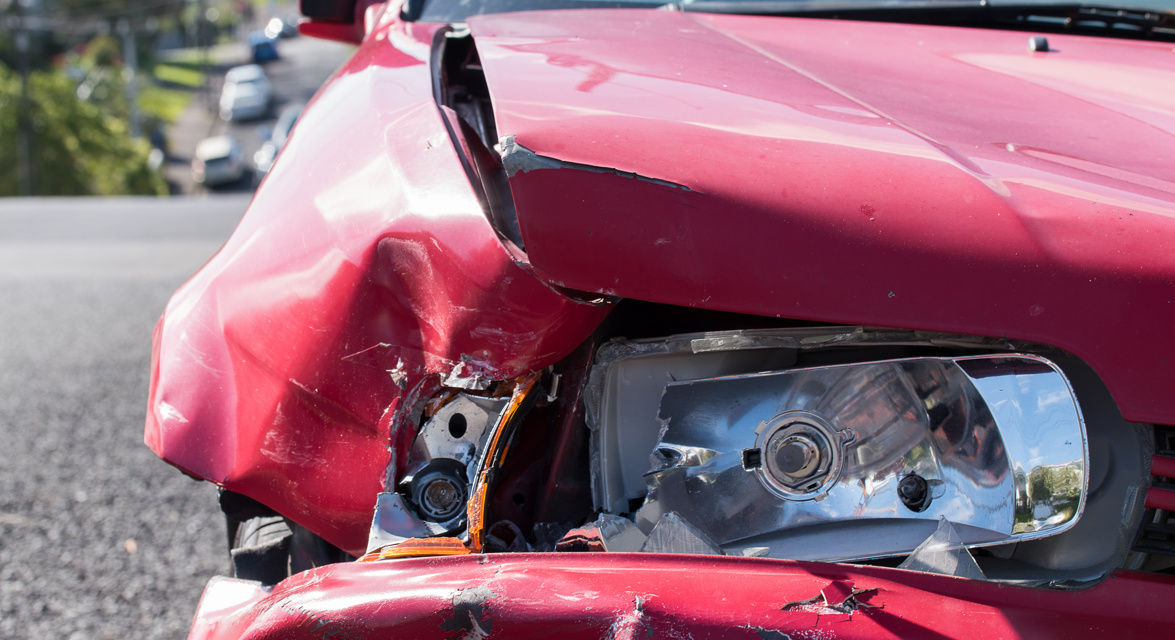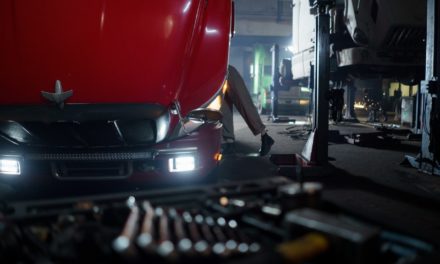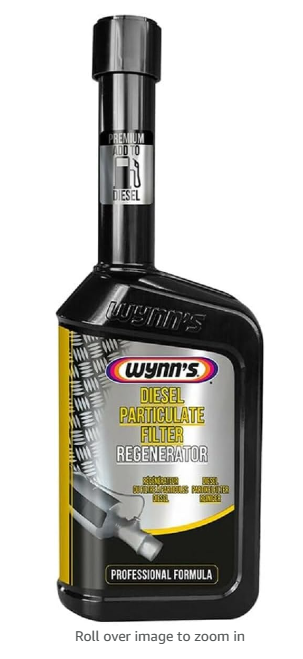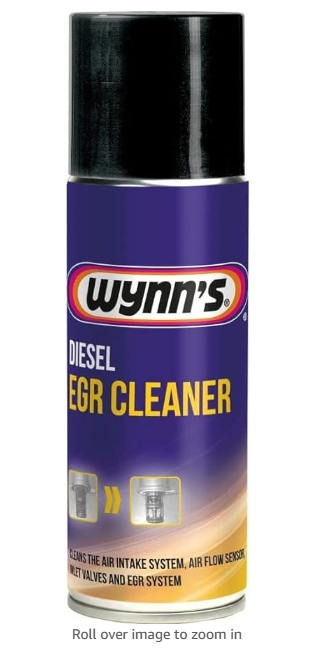Car accidents happen regardless of the driver’s excellent driving skills and precautions. Although the causes of these misfortunes differ, car accidents always cause damages.
If you’ve encountered your first car accident, you may want to know the commonly damaged parts of vehicles that typically need repairs and replacement. Understanding these points equips you with the knowledge that’s helpful in your decision-making after meeting a road accident.
Below are the six commonly damaged car components during a car mishap:
1. Bumper
Generally, bumpers receive the first and most extensive damage in car collisions. In these cases, drivers and passengers may suffer injuries. Typically, situations like these may prompt involved individuals to connect to 1-800-Injured personal injury referral network and other networks to seek legal and other forms of assistance.
During accidents, bumper damages and dents are more severe in head-on collisions. In sideswiping and other types, the damages could be partial. However, it’s always advisable to seek auto repair services to find the best car solutions, regardless of the damage’s size and intensity.
If you’re looking for more specific types of bumper repair, here are the options you could choose from:
- Bumper replacement: If the bumper is beyond repair, a replacement is the most appropriate choice.
- Quality plastic fillers: While there may be effective hacks for car scratches and other damages, the auto technicians could provide the finest solution by sanding and smoothing out the bumper parts. In this process, they use high-quality fillers for better results.
- Nitrogen welding: In this service, workers weld the plastic bumpers using nitrogen to produce a strong and lasting weld.
- Bumper repainting: After filling out cracks and holes in the bumper, technicians could start painting it to cover the damage and repair scrapes.
- Bumper dent removal: Most professional auto technicians could straighten out dents using appropriate tools and products.
- Paint transfer removal: This process applies to situations when the other car’s paint created a new dash of paint upon contact.
2. Hood And Trunk Lids
The lids would just have scrapes and discoloration in minor accidents. However, in extreme collisions, the lids would pop out and won’t fit back to their original placement. Because of this, an instant repair may be necessary. Neglecting this may cause further problems to drivers, as the hood may continue to pop out when the involved car is driven again.
3. Fenders
Sideswipes could be very destructive to fenders. However, major collisions could also cause the same damages. With damaged fenders, the car would take the dirt and mud spiraling from the rotating tires. Typically, auto technicians fix fenders the same way they repair a car’s body dents. They straighten them out, fill the holes, sand them with a suitable sealant, and paint with appropriate coating.
4. Doors
In most cases, side impacts damage the car doors. Normally, auto technicians suggest door replacement even if the damages are less serious than the other parts because the door mechanism may seem internally fine but is already dysfunctional in reality. Doors need to have proper repair or replacement to help drivers and passengers avoid accidents again.
5. Headlights
The fragility of headlights makes them less resistant to impact, which also applies to taillights and other signal lights. In this regard, drivers or car owners need to bring their cars to auto shops even if the road accidents they meet seem less severe.
6. Airbags, Air Conditioners, And Heaters
In most cases, airbags, air conditioners, and heaters receive the most damaging impact in moderate to severe collisions. In minor incidents, only the external car parts may be affected. However, car owners need to bring their vehicles for a damage assessment to ensure stability.
The assessment should cover all the commonly damaged car parts and components, regardless if they show signs of damage or not. Neglecting them may cause further trouble. For example, a damaged AC may cause carbon monoxide poisoning if the unit is dented.
Final Thoughts
In most cases, car accidents are traumatic. They don’t just damage the vehicle but also affect people physically, mentally, and emotionally. While injured people are getting treated, vehicles could be sent to shops for repairs or car part replacements. Either way, expenses are inevitable. That’s why, as a driver, you need to drive safely and avoid driving mistakes that may cause accidents.
If you’ve had a car accident, you may want to consider the points you’ve gained in this write-up. You could apply the insights you’ve read in this article when checking the parts and components that are likely to be damaged during car accidents, minor or not.





